
Author: guelphoutdoorschool
-
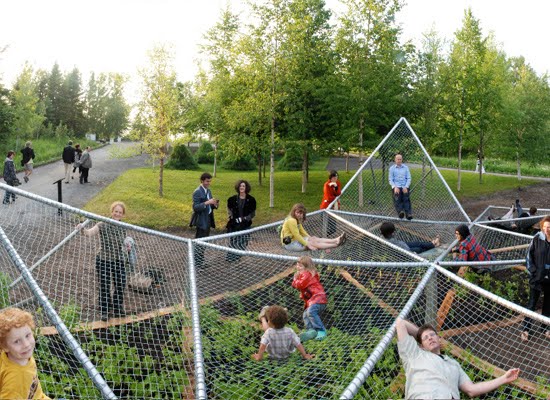
Dymaxion Sleep: Adrian Blackwell and Jane Hutton
 Dymaxion Sleep (curled up)
Dymaxion Sleep (curled up)Dymaxion Sleep (curled up) is a structure of nets suspended above a field of aromatic plants. Inspired by Buckminster Fuller’s Dymaxion World Map, the unfolded icosahedron has rolled up to form a secret shaded enclosure. Mint, lemon geranium, lavender, and fennel mimic the structure’s topography and define scented regions upon which to lie. If Fuller’s map reconfigured standard representations of the world by refusing to define orientation, Dymaxion Sleep sets up surfaces on which to relax in different configurations: curled up, stretched out, or piled upon friends.

Dymaxion Sleep takes its name from the title of a 1943 Time magazine article which describes Fuller’s regimen of polyphasic sleep – thirty minutes asleep, followed by six waking hours – a reconfiguration he used to dynamically maximize his body’s productivity. Our Dymaxion Sleep subverts Fuller’s focus on efficiency and work and instead maximizes the garden as a space for pleasure and dreams.Collaborator
Walter Blackwell
Carole Courtois & Dany Fillion – Créations Fil Lion, Gene MastrangeliArchitect: Jane Hutton & Adrian Blackwell
From Jardin de Metis
-
Lesbian National Parks and Services: A Force of Nature
Lesbian National Parks and Services
Lesbian National Parks and Services was founded in 1997 to insert a lesbian presence into the landscape. In full uniform as Lesbian Rangers, Shawna Dempsey and Lorri Millan patrol parklands, challenging the general public’s ideas of tourism, recreation, and the “natural” environment. Equipped with informative brochures and well-researched knowledge, they are a visible homosexual presence in spaces where concepts of history and biology exclude all but a very few. (from http://www.shawnadempseyandlorrimillan.net/#/alps/)
Lesbian National Parks and Services: A Force of Nature
(produced, written, directed, and performed by Dempsey and Millan.) This mock-u-mentary follows the intrepid Lesbian Rangers through Jr. Lesbian Ranger training camp, research missions, deep-sea rescue, and field work around the globe. Premiered at the Sydney (Australia) Gay/Lesbian Film Festival. 23 minutes. Video. 2002.
From Finger in the Dyke
-
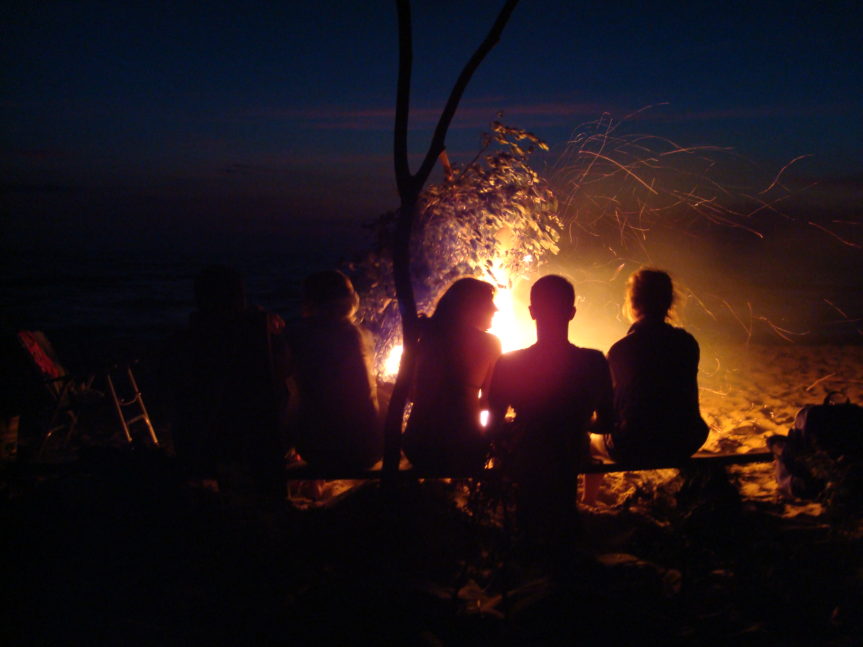
FIRE PIECE: A PROPOSAL FOR DECEMBER 4th, 2015.

FIRE PIECE:
PAPER, KINDLING AND FIREWOOD IS CARRIED BY ALL FOR THE DURATION OF A LONG HIKE.
THE MATERIALS ARE USED TO START A WARMING BONFIRE.
THE PIECE CONCLUDES WHEN ALL THE FUEL IS BURNED.
-
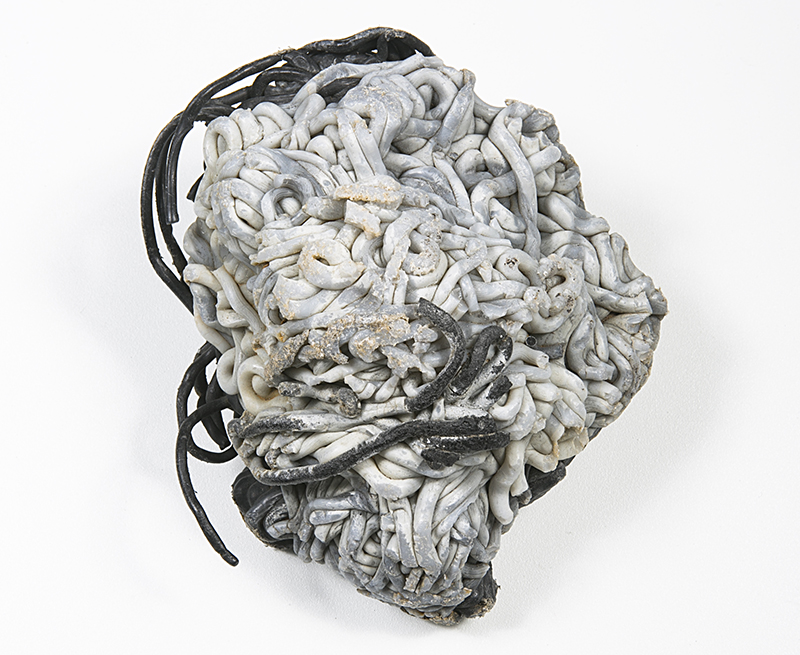
Kelly Jazvac – Plastiglomerates
“In 2013, at the suggestion of oceanographer Charles Moore, geologist Patricia Corcoran and artist Kelly Jazvac travelled to Kamilo Beach, Hawaii to study a new stone formation. What they found was a new substance that was a mix of melted plastic and natural materials such as coral, sand, wood and volcanic rock. They called the stones “Plastiglomerate” and a co-authored manuscript of their findings can be found here: http://www.geosociety.org/gsatoday/archive/24/6/article/i1052-5173-24-6-4.htm
Plastiglomerate has been acknowledged by key researchers as potential evidence of the Anthropocene era. Press can be found here: http://www.nytimes.com/2014/06/10/science/earth/future-fossils-plastic-stone.html?_r=0”
From Kelly Jazvac


-
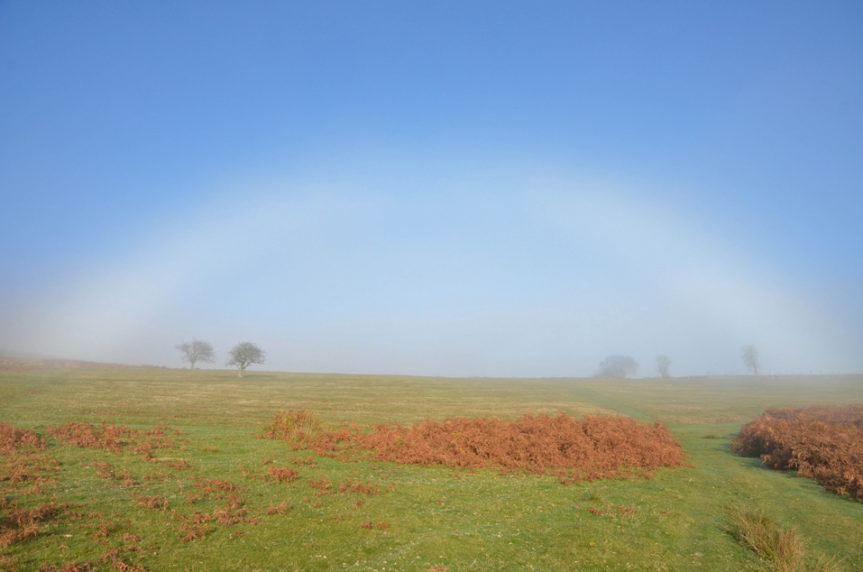
Cloud Appreciation Society
Interview by Anne Fullerton Photograph by Maia Flore (From Kinfolk)
THERE’S NO NEED TO HEAD TO A FAR-FLUNG BEACH OR A CABIN IN THE WOODS TO DISCONNECT: YOU JUST NEED TO LOOK UP.
When it comes to celestial phenomena, clouds have a reputation for being the surly, temperamental cousin no one wants to sit near at Christmas. We rarely notice them, but if we do, it’s usually just because they’re causing trouble. As both a Londoner and the founder of the Cloud Appreciation Society, Gavin Pretor-Pinney knows this better than most. Over the past decade, Gavin’s mission to rebrand clouds has led to three best-selling books, a BBC program, a TED Talk that’s been viewed more than a million times and the formation of an online community of at least 37,000 cloud lovers. We chat with him about why clouds are so maligned and what we can learn from the underdog of the skies.
When did you first become fascinated with clouds?
While being driven to school by my mother at about the age of four, I looked out of the window and saw rays of sunlight bursting out from behind a big puffy cloud. I thought, maybe for the first time, “I wonder what that is? What’s it made of, why is it up there and what would it be like to sit on?” As I got older, I became curious about why people in Britain complain about them so much. We even have negative connotations written into the language: We talk about depressed people “having a dark cloud hanging over them” and there being “clouds on the horizon.” I’ve always felt that they get unfair press, and it seems to me that we should stand up for them. I realized later in life that that someone should be me.Why do we need a Cloud Appreciation Society?
If you just shift your perspective slightly on this ever-present backdrop to our lives, it’s easy to see the beautiful, the surprising, the exotic in the everyday mundane stuff around you. Cloud-spotting is kind of meditating on nature, and the sky is a very egalitarian part of that. You don’t need to live in an area of outstanding beauty to look up at outstandingly beautiful skies—you could live in an inner-city urban environment where the sky is the last wilderness visible to you. The valuable aspect is that it’s easy to engage with.What are some of the benefits of cloud-spotting?
It’s good for creative thought because it allows the other modes of the brain to kick in. When you let your mind wander, you begin to make creative connections. It’s also good for your soul and health to be able to disengage from the ever-present to-do list. Layered on top of all the traditional pressures of our lives, we now have all the pressures of the digital world, which has this effect of making us feel as if we should be doing something all the time. One of the values of cloud-spotting is that it legitimizes doing nothing.How has cloud-spotting helped you?
Those struggles are as apparent to me as they are for anyone. Staring at clouds helps me disentangle myself. I’m quite goal-focused, and the clouds help remind me of the value of the process. They are forever in process, forever in change. To engage with them is not to be focused on an endpoint. In fact, that’s one reason why I don’t take photographs of clouds these days: I find it’s more valuable to see a beautiful cloudscape, value it and then let it go.Do you have a cloud-spotting routine?
I don’t. It’s a bit like when someone asks, “Where’s the best place to watch clouds?” Being a cloud spotter is an attitude. It’s a matter of being prepared to pause for a moment and stop whatever is pressing right now when you notice something interesting in the sky. I have two daughters who are 5 and 8 and if one of them says “Dad, look at the sun,” it’s easy to say, “Yes, I’ve just got to send this email first.” There’s always something to stop you stepping back. It’s not about having a routine—it’s just about being prepared to stop what seems urgent right now and enjoy the moment.MANIFESTO OF THE CLOUD APPRECIATION SOCIETY
WE BELIEVE that clouds are unjustly maligned
and that life would be immeasurably poorer without them.We think that they are Nature’s poetry,
and the most egalitarian of her displays, since
everyone can have a fantastic view of them.We pledge to fight ‘blue-sky thinking’ wherever we find it.
Life would be dull if we had to look up at
cloudless monotony day after day.We seek to remind people that clouds are expressions of the
atmosphere’s moods, and can be read like those of
a person’s countenance.We believe that clouds are for dreamers and their contemplation benefits the soul.
Indeed, all who consider the shapes they see in them will save money
on psychoanalysis bills.And so we say to all who’ll listen:
Look up, marvel at the ephemeral beauty, and live life with your head in the clouds! -
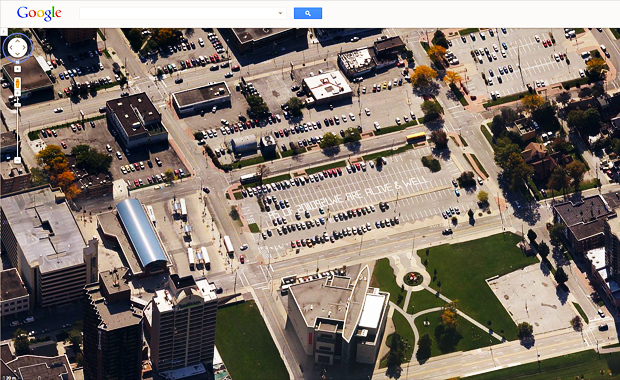
Broken City Lab: Alive and Well
“This year marks an interesting point in Windsor, Ontario’s history. The city appears to have survived the lowest lows of the economic crisis and the social, cultural, and political realities in front of us seem to offer some sense of hope and possibility. Back in September, we painted a 350 foot message that reads, “AS OF 2011.09.21, WE ARE ALIVE & WELL”, which is now viewable from around the world on Google Maps. The text is meant to be a caption of sorts for the city and references the start of the 2011 Windsor Biennial along with Iain Baxter&’s curatorial role — two incredible examples of creativity in the city, which we hope are indicative of the changes coming to Windsor. This project was made possible by the Art Gallery of Windsor, the City of Windsor, and MacDonald & White Paint. (see more)”
From Broken City Lab see more here.
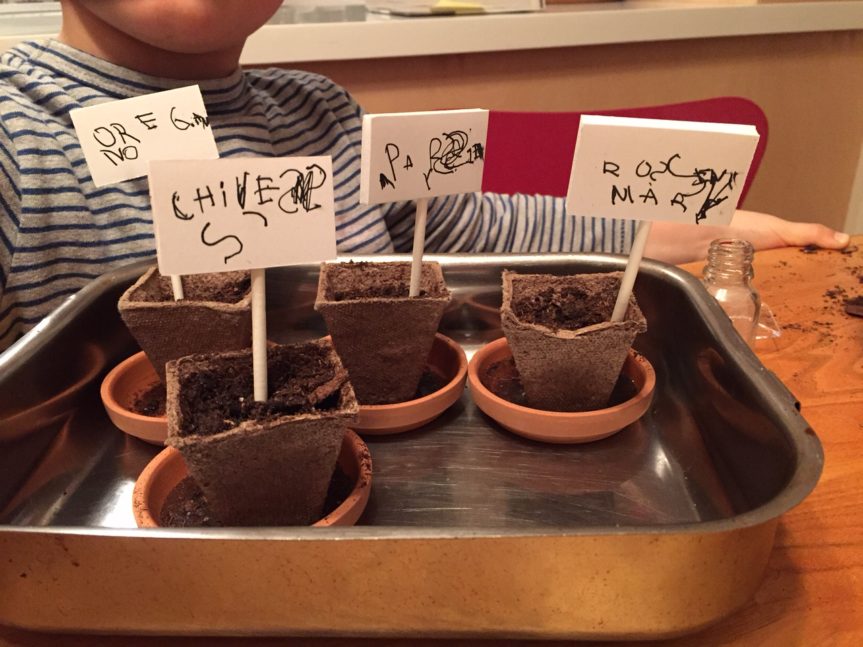

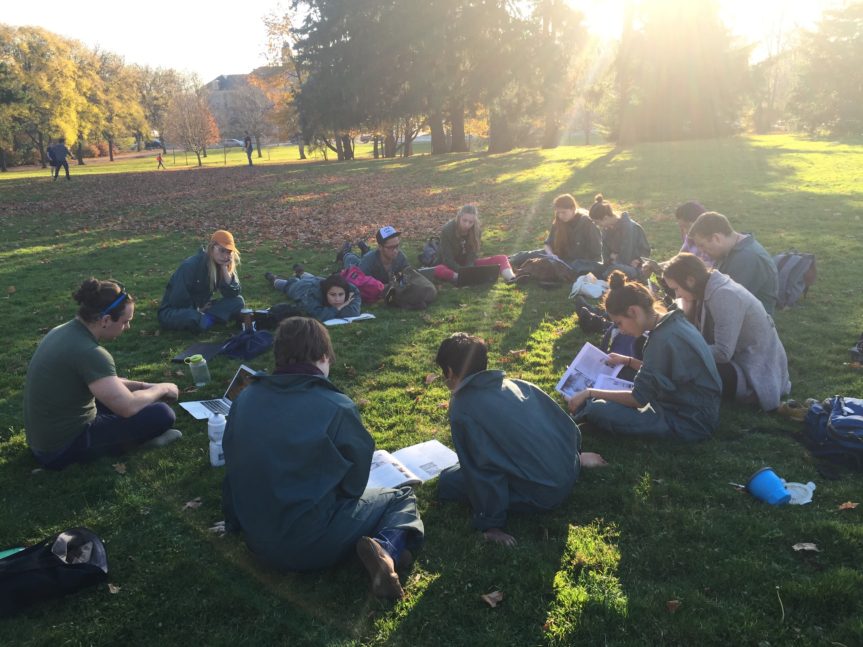

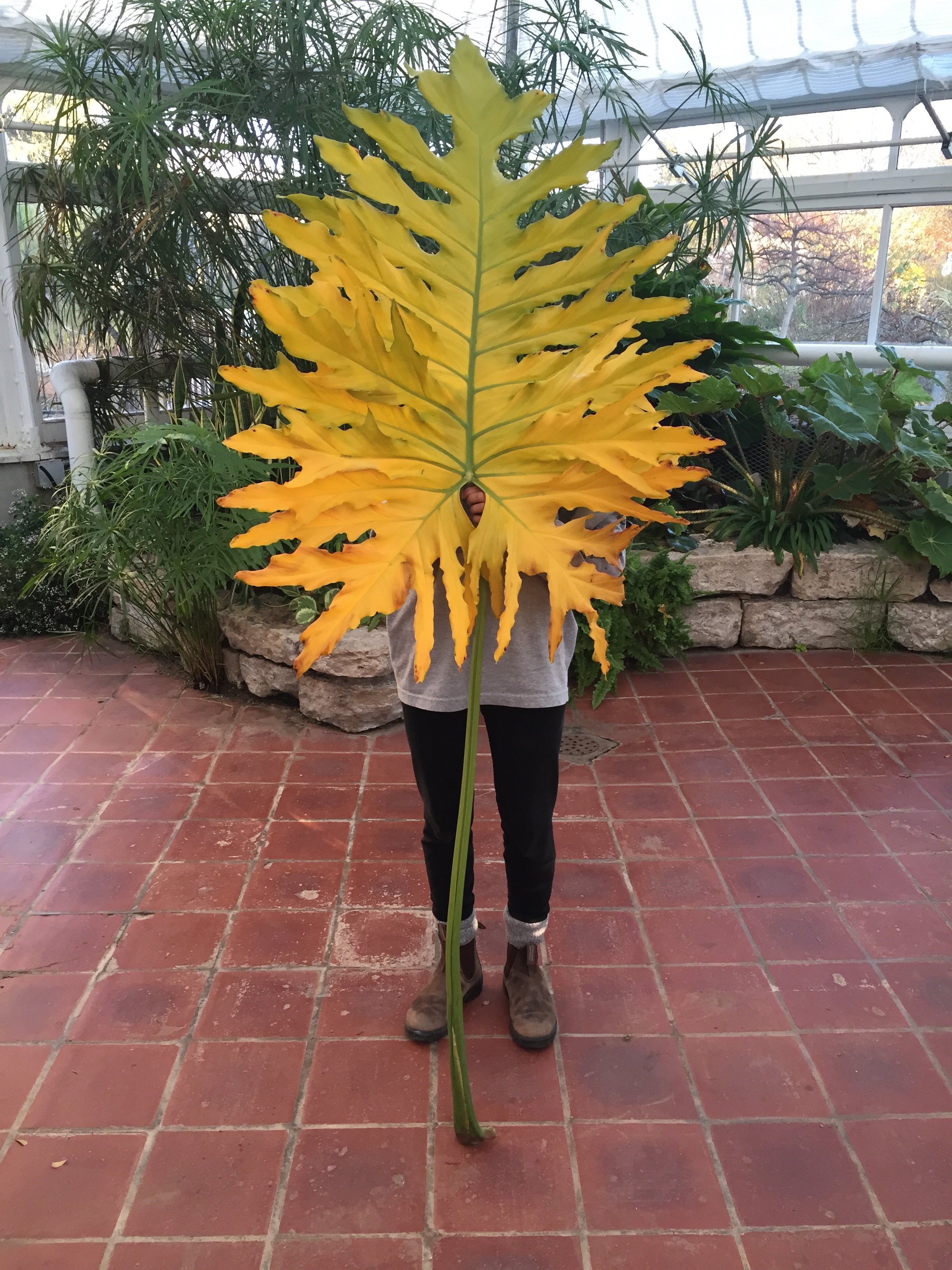







You must be logged in to post a comment.